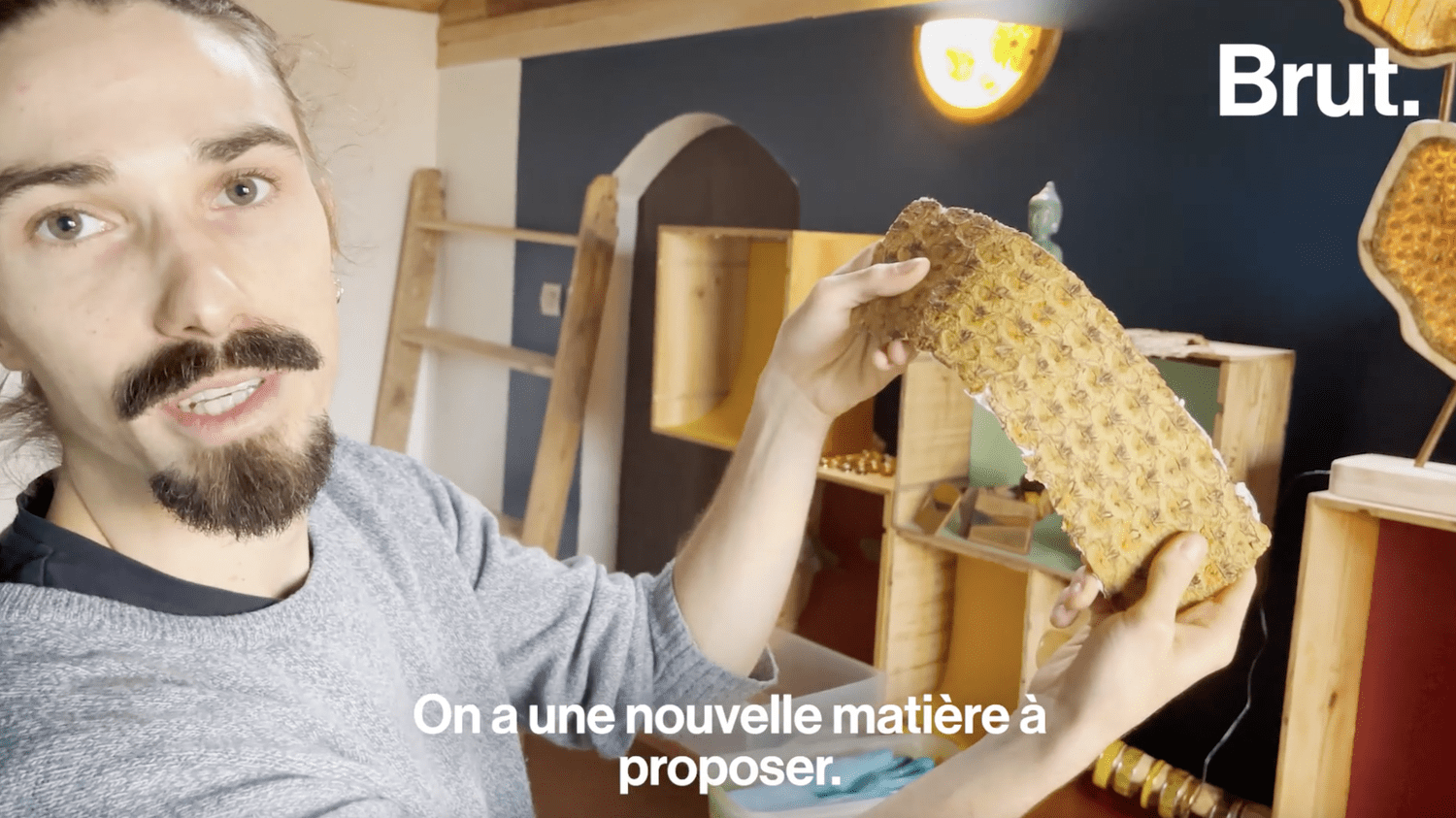Published
Update
Video duration: 5 min
VIDEO. In his workshop, he transforms pineapple skins into leather
On the Crozon peninsula, Clément is working on making a new type of leather, made from fruit skins, such as pineapple. This alternative to animal leather combines craftsmanship and engineering. They explain. – (Raw.)

On the Crozon peninsula, Clément is working on making a new type of leather, made from fruit skins, such as pineapple. This alternative to animal leather combines craftsmanship and engineering. They explain.
Grapefruit, lemon, orange, pineapple, melon… To make his leather, Clément uses fruit skins, which have the advantage of being a material “quite thick, quite wide and very fibrous. Clément defines himself as “artisan – designer – ecologist”. “If we read it correctly, this means developing new, more ecological materials for a better tomorrow.” adds the young man. Today, he goes to Breiz’ile, producer of arranged rum, to collect new pineapple peels. Transforming the skin of a fruit into leather requires between “15 to 18 steps” And “three weeks to a month” of work.
“For me, we have to move towards tomorrow’s solutions”
“We will clean the skin, remove the flesh, disinfect it, work it, re-grease it, there are several pressings. We are on something which is very inspired by animal tanning, but without using tannin” describes Clément. As a designer and craftsman, designing environmentally friendly objects seemed to him to be “a necessity”. It ensures that all of its objects respect this logic. On the wallets he makes, French linen thread is used and the braiding is done in France. In his workshop, he works on new objects: lamps whose lampshades are made of pomelo, melon and lemon peels. “I can’t wait to spend more time playing with light and fruit skins” explains the inventor.
